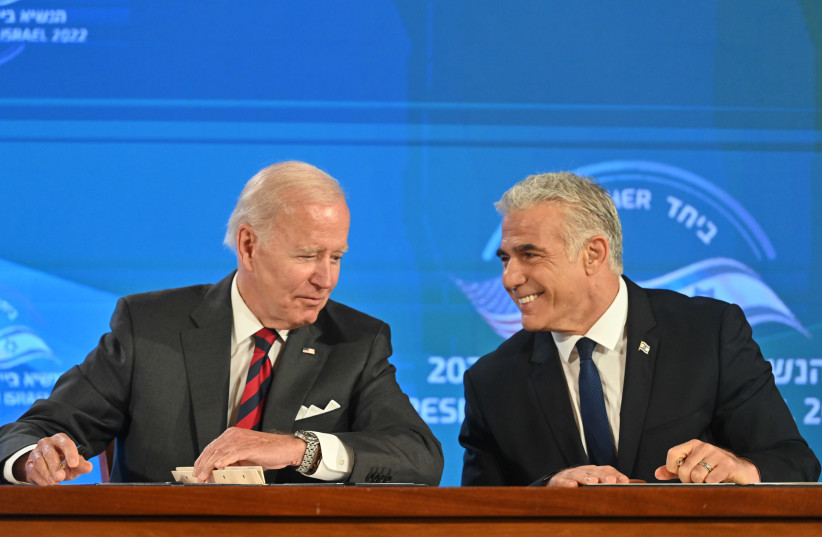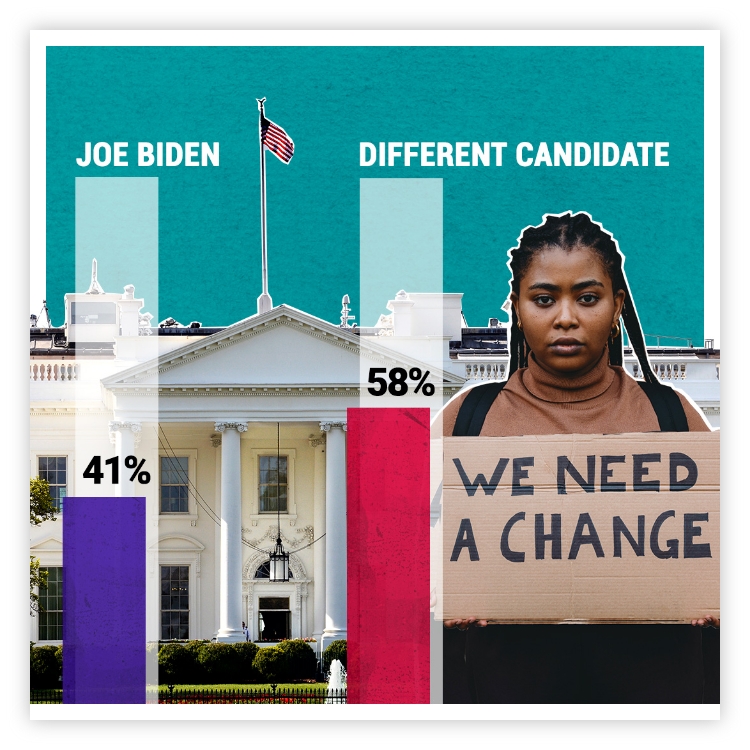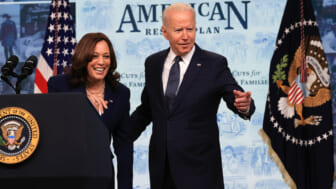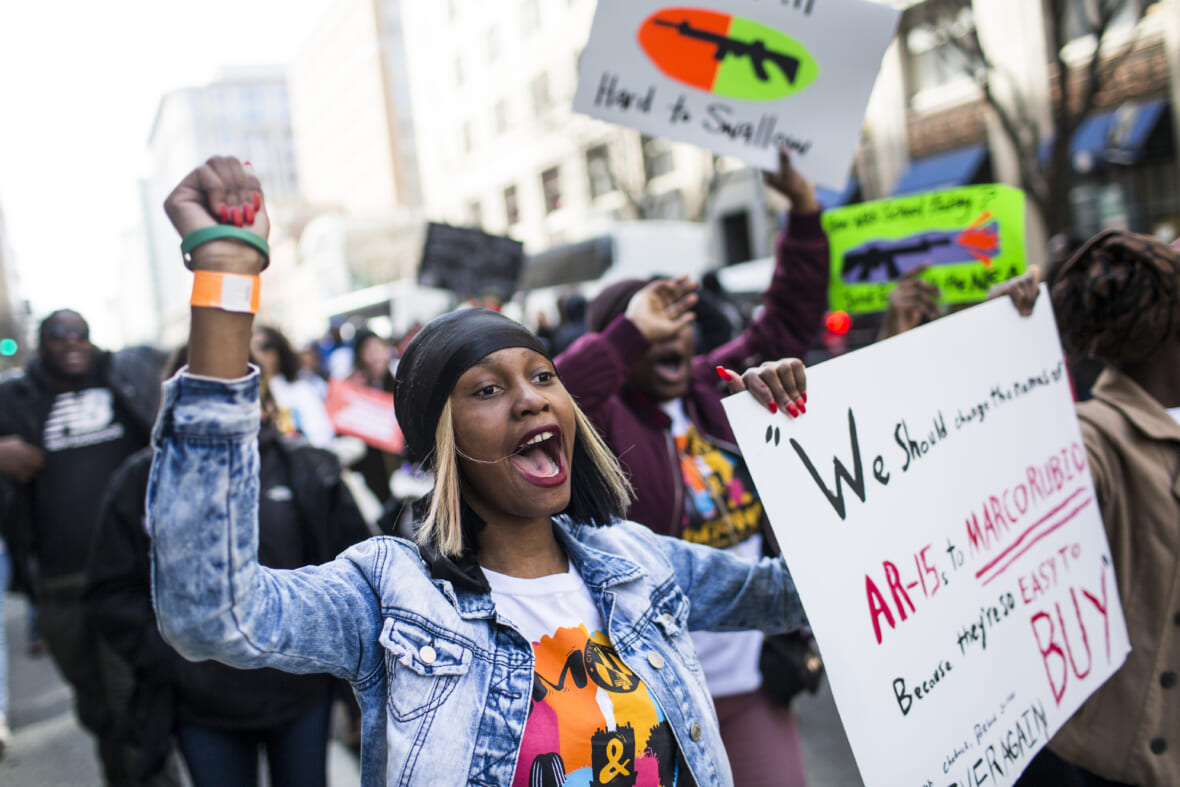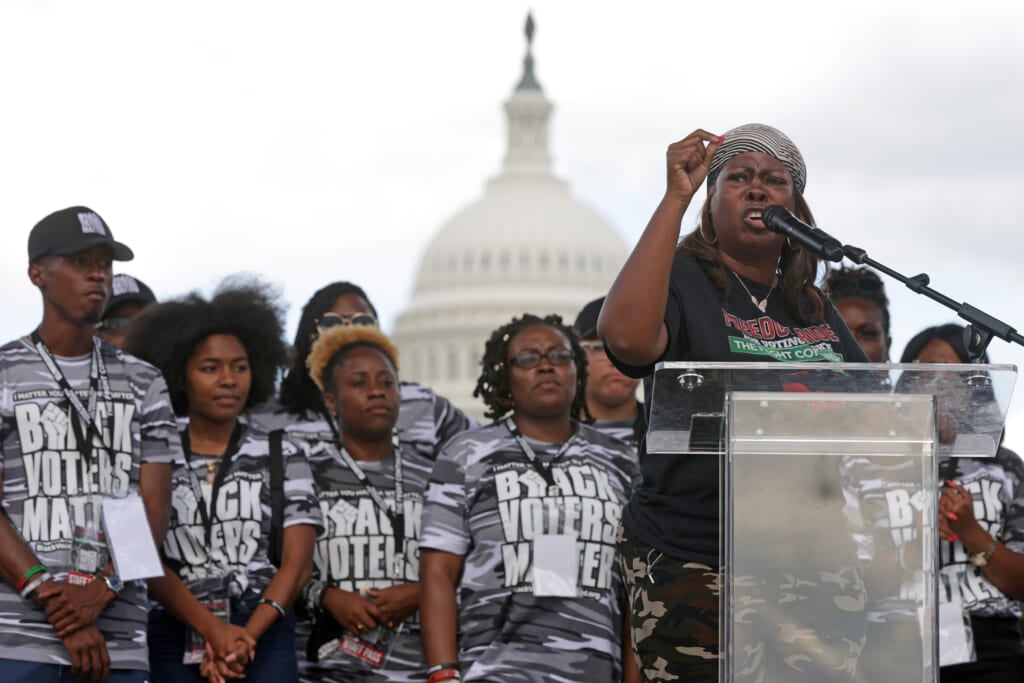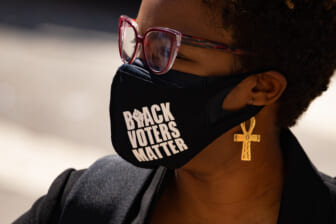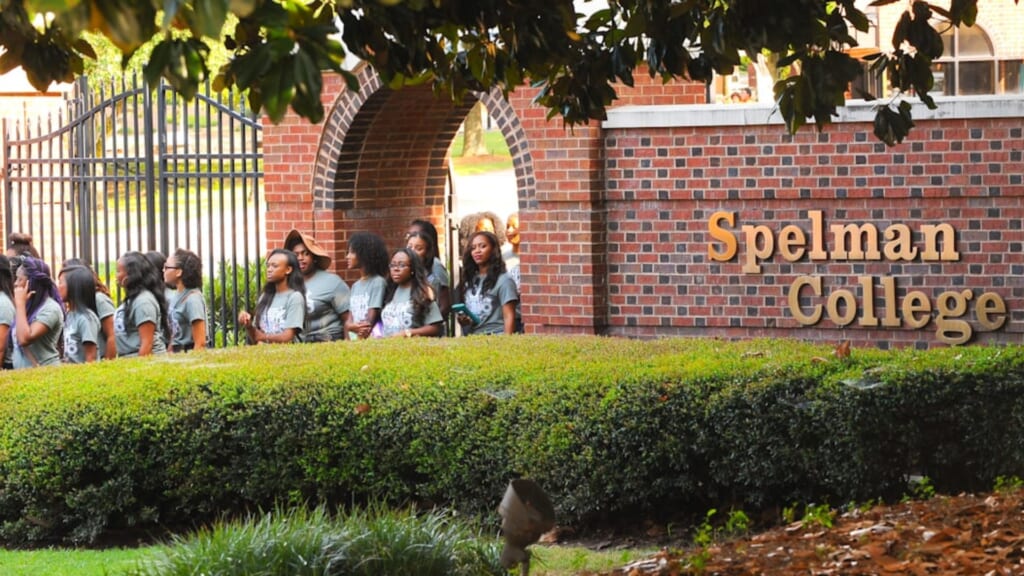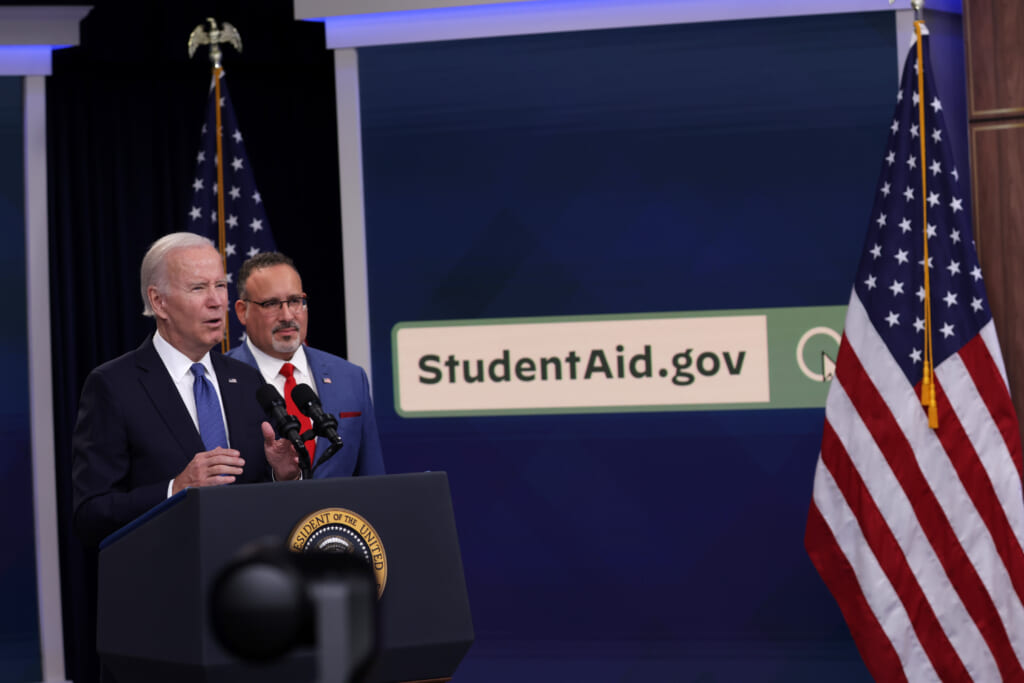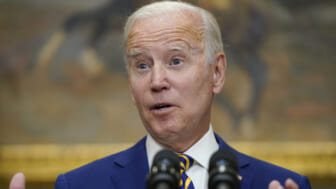MOE'S MISOGYNIST MURDERER PAL
'Disgraceful, reprehensible': Readers react to Colin Thatcher's throne speech invite
Opinion by Reader Letters - Leader Post

Former Saskatchewan politician Colin Thatcher who was convicted for the murder of his ex-wife, JoAnn Wilson, speaks to the media after exiting the house chambers after the Throne Speech inside the Saskatchewan Legislative Building on Wednesday, October 26, 2022 in Regina.©
As previous citizens of that lovely province, we can say shame, shame. The standards we hold our elected officials to definitively comes into scrutiny.
Fred and Sandra Turetski, Cranbrook, B.C.
'Disgraceful, reprehensible': Readers react to Colin Thatcher's throne speech invite
Opinion by Reader Letters - Leader Post

Former Saskatchewan politician Colin Thatcher who was convicted for the murder of his ex-wife, JoAnn Wilson, speaks to the media after exiting the house chambers after the Throne Speech inside the Saskatchewan Legislative Building on Wednesday, October 26, 2022 in Regina.©
This is disgraceful and tone deaf behaviour that is perpetrated by both Lyle Stewart and Scott Moe. Mr. Stewart inviting a convicted murderer to the Chamber and then defending his decisions, by saying he is a friend, a constituent and has had a tough life, is reprehensible . And Mr. Moe for allowing this to go ahead while blindly and sadly (and ironically) stating the Sask. Party cares about the protection and safety of Saskatchewan residents.
Colin Thatcher sitting in the Saskatchewan legislature as an invited guest is not only disgusting and shameful, it is also triggering for thousands of women who are victims of domestic violence. It also opens painful wounds of families grieving over their murdered loved ones.
Like JoAnn Wilson.
Susan Thiele, Regina
We both lived in Saskatchewan when the murder of Colin Thatcher’s ex-wife occurred. It was difficult to believe this would take place in peaceful Saskatchewan.
He was convicted, justly so, the court did their job but now the politicians have welcomed Colin back into the legislative circle. Shame on them!
Domestic violence is skyrocketing everywhere especially when looking at the stats in Saskatchewan.
Colin Thatcher sitting in the Saskatchewan legislature as an invited guest is not only disgusting and shameful, it is also triggering for thousands of women who are victims of domestic violence. It also opens painful wounds of families grieving over their murdered loved ones.
Like JoAnn Wilson.
Susan Thiele, Regina
We both lived in Saskatchewan when the murder of Colin Thatcher’s ex-wife occurred. It was difficult to believe this would take place in peaceful Saskatchewan.
He was convicted, justly so, the court did their job but now the politicians have welcomed Colin back into the legislative circle. Shame on them!
Domestic violence is skyrocketing everywhere especially when looking at the stats in Saskatchewan.
As previous citizens of that lovely province, we can say shame, shame. The standards we hold our elected officials to definitively comes into scrutiny.
Fred and Sandra Turetski, Cranbrook, B.C.
Who is Colin Thatcher? Here's what you need to know about his 1984 murder conviction
Caitlin Brezinski
CTVNewsRegina.ca Digital Content Producer
Published Oct. 29, 2022
Colin Thatcher was back in the news this week after appearing as an invited guest at the Government of Saskatchewan’s throne speech on Wednesday.
While his appearance sparked heated discussions surrounding domestic violence, some may be wondering who he is exactly and why his appearance shocked so many.
The former Saskatchewan cabinet minister was convicted of first-degree murder in 1984 for the 1983 death of his ex-wife, JoAnn Wilson, following a 15-month investigation into a case that gripped the province.
Thatcher was born in 1938 in Toronto, Ont. to Ross Thatcher, a former MP and Premier of Saskatchewan from 1964 to 1971.
He entered into politics in 1975 as a Liberal MLA then later served as Saskatchewan’s Minister of Energy from 1982 to 1983. He resigned on Jan. 17, 1983, citing family and financial reasons.
THE MURDER AND TRIAL
A 1987 appeal document from the Court of Appeal for Saskatchewan provided details and background on Thatcher’s 1984 murder trial.
On May 7, 1984, Thatcher was arrested and charged with first-degree murder following the lengthy investigation. The trial began in the fall of 1984 and lasted 14 days.
Thatcher and Wilson married in 1962 then divorced in 1980. They engaged in a custody battle over their youngest of three children in the years following, according to the background provided in the appeal document.
Wilson was found beaten and shot to death in the garage of her Regina home in 1983.
“At about 6 p.m. on the evening of Jan. 21, 1983, JoAnn Wilson came home, drove into the garage of her home, and was ferociously beaten and then shot to death. 27 wounds were inflicted on her head, neck, hands, and lower legs. The injuries included a broken arm, a fracture of the wrist and a severed little left finger. A single bullet entered her skull, causing death,” the document read.
The Crown’s position was that Thatcher had murdered Wilson or he got someone else to do it. The trial judge explained to the jury that Thatcher would be considered guilty in either instance.
“If you do not find that he did the act of murder himself, he is equally guilty if you find and are satisfied that he either aided or abetted another or others in its commission,” the judge said.
In court, Mr. Craig Dotson testified that he found Wilson’s body after leaving work at the legislative building. He claimed he saw Wilson driving a green car, which turned into the garage at her house. He said he continued walking for about a block then heard loud screams behind him.
“He turned back to investigate. He heard a single loud sharp noise and then silence. As he approached a lane near the Wilson garage, he saw a man emerge from the garage. He did not pay any particular attention. It was dark. He was 30 to 40 feet from the individual. He walked a little further and saw a body in a pool of blood on the floor of the garage,” read the document.
Dotson testified that the composite sketch prepared by the police with his help did not fit Colin Thatcher.
Thatcher denied any involvement in the killing and the defence’s witnesses backed up his whereabouts at the time of the crime.
At the trial, the case for the Crown rested upon direct and circumstantial evidence, including apparent surveillance of the house by a man in a blue car for three afternoons prior to the killing, phone conversations, and the murder weapon.
Lynn Mendell, a former girlfriend of Thatcher, was called to the stand and detailed conversations the two had in 1980 and early 1981, in which she described the bitterness Thatcher constantly expressed about Wilson, and how he said many times that he wanted to kill her or arrange with someone to do it for him.
“According to Ms. Mendell, Thatcher told her he had met with someone in Saskatchewan whom he wanted to hire to kill JoAnn Wilson. He eventually told her the plan fell through but that he would have to go about it one way or another,” the court documents read.
Mendell also testified that she received two phone calls from Thatcher on the day of the killing.
She recalled what Thatcher said during the first call.
“Well, I'm going out now. This might be the night, stick around,” read the testimony.
During the later call he said, “Oh, my God, I've just been called... Apparently JoAnn has been shot in her home and has been killed,” Mendell said in her testimony.
There were several more testimonies given at the trial which all pointed to Thatcher being involved in the crime.
According to police testimony, Wilson was likely shot in the head with a .38 Special of .357 Magnum Ruger revolver. The owner of a gun shop in Palm Strings, Cali., testified that he sold Thatcher a .357 calibre Ruger revolver on Jan. 19, 1982.
The murder weapon was never found, according to the court documents.

Caitlin Brezinski
CTVNewsRegina.ca Digital Content Producer
Published Oct. 29, 2022
Colin Thatcher was back in the news this week after appearing as an invited guest at the Government of Saskatchewan’s throne speech on Wednesday.
While his appearance sparked heated discussions surrounding domestic violence, some may be wondering who he is exactly and why his appearance shocked so many.
The former Saskatchewan cabinet minister was convicted of first-degree murder in 1984 for the 1983 death of his ex-wife, JoAnn Wilson, following a 15-month investigation into a case that gripped the province.
Thatcher was born in 1938 in Toronto, Ont. to Ross Thatcher, a former MP and Premier of Saskatchewan from 1964 to 1971.
RELATED STORIES
He entered into politics in 1975 as a Liberal MLA then later served as Saskatchewan’s Minister of Energy from 1982 to 1983. He resigned on Jan. 17, 1983, citing family and financial reasons.
THE MURDER AND TRIAL
A 1987 appeal document from the Court of Appeal for Saskatchewan provided details and background on Thatcher’s 1984 murder trial.
On May 7, 1984, Thatcher was arrested and charged with first-degree murder following the lengthy investigation. The trial began in the fall of 1984 and lasted 14 days.
Thatcher and Wilson married in 1962 then divorced in 1980. They engaged in a custody battle over their youngest of three children in the years following, according to the background provided in the appeal document.
Wilson was found beaten and shot to death in the garage of her Regina home in 1983.
“At about 6 p.m. on the evening of Jan. 21, 1983, JoAnn Wilson came home, drove into the garage of her home, and was ferociously beaten and then shot to death. 27 wounds were inflicted on her head, neck, hands, and lower legs. The injuries included a broken arm, a fracture of the wrist and a severed little left finger. A single bullet entered her skull, causing death,” the document read.
The Crown’s position was that Thatcher had murdered Wilson or he got someone else to do it. The trial judge explained to the jury that Thatcher would be considered guilty in either instance.
“If you do not find that he did the act of murder himself, he is equally guilty if you find and are satisfied that he either aided or abetted another or others in its commission,” the judge said.
In court, Mr. Craig Dotson testified that he found Wilson’s body after leaving work at the legislative building. He claimed he saw Wilson driving a green car, which turned into the garage at her house. He said he continued walking for about a block then heard loud screams behind him.
“He turned back to investigate. He heard a single loud sharp noise and then silence. As he approached a lane near the Wilson garage, he saw a man emerge from the garage. He did not pay any particular attention. It was dark. He was 30 to 40 feet from the individual. He walked a little further and saw a body in a pool of blood on the floor of the garage,” read the document.
Dotson testified that the composite sketch prepared by the police with his help did not fit Colin Thatcher.
Thatcher denied any involvement in the killing and the defence’s witnesses backed up his whereabouts at the time of the crime.
At the trial, the case for the Crown rested upon direct and circumstantial evidence, including apparent surveillance of the house by a man in a blue car for three afternoons prior to the killing, phone conversations, and the murder weapon.
Lynn Mendell, a former girlfriend of Thatcher, was called to the stand and detailed conversations the two had in 1980 and early 1981, in which she described the bitterness Thatcher constantly expressed about Wilson, and how he said many times that he wanted to kill her or arrange with someone to do it for him.
“According to Ms. Mendell, Thatcher told her he had met with someone in Saskatchewan whom he wanted to hire to kill JoAnn Wilson. He eventually told her the plan fell through but that he would have to go about it one way or another,” the court documents read.
Mendell also testified that she received two phone calls from Thatcher on the day of the killing.
She recalled what Thatcher said during the first call.
“Well, I'm going out now. This might be the night, stick around,” read the testimony.
During the later call he said, “Oh, my God, I've just been called... Apparently JoAnn has been shot in her home and has been killed,” Mendell said in her testimony.
There were several more testimonies given at the trial which all pointed to Thatcher being involved in the crime.
According to police testimony, Wilson was likely shot in the head with a .38 Special of .357 Magnum Ruger revolver. The owner of a gun shop in Palm Strings, Cali., testified that he sold Thatcher a .357 calibre Ruger revolver on Jan. 19, 1982.
The murder weapon was never found, according to the court documents.

Saskatchewan MLA Colin Thatcher is escourted by police into the Regina Provincial Courthouse June 25, 1984 for the preliminary hearing for the murder charge he faces. Thatcher was arrested May 7 for the murder of his ex-wife Joanne Wilson in 1983. THE CANADIAN PRESS/Lorne McClinton
The jury deliberated from Nov. 2 to Nov. 6, 1984 and found Thatcher guilty of first-degree murder.
He was sentenced to life in prison with no chance of parole for 25 years, which he served in-part at an Edmonton maximum security prison until 1988, then at the Ferndale minimum-security facility near Mission, B.C.
Thatcher, now 84, maintained his innocence all throughout that time and fought to gain early release from prison. He won the right to apply for early parole in 2003 and was released in 2006.
He wrote two books, “A Man’s Grief: Death of a Spouse,” which was released in 2001, and “Final Appeal: Anatomy of a Frame,” which was released in 2009 and outlined his stance that he was framed for the crime.
Thatcher represented himself in 2010 in a fight for profits from his 2009 book, which were ultimately turned over to the Ministry of Justice.
Several books were also written about Thatcher and his case, including “A Canadian Tragedy: JoAnn and Colin Thatcher,” and “Deny, Deny, Deny, The Rise and Fall of Colin Thatcher.”
The jury deliberated from Nov. 2 to Nov. 6, 1984 and found Thatcher guilty of first-degree murder.
He was sentenced to life in prison with no chance of parole for 25 years, which he served in-part at an Edmonton maximum security prison until 1988, then at the Ferndale minimum-security facility near Mission, B.C.
Thatcher, now 84, maintained his innocence all throughout that time and fought to gain early release from prison. He won the right to apply for early parole in 2003 and was released in 2006.
He wrote two books, “A Man’s Grief: Death of a Spouse,” which was released in 2001, and “Final Appeal: Anatomy of a Frame,” which was released in 2009 and outlined his stance that he was framed for the crime.
Thatcher represented himself in 2010 in a fight for profits from his 2009 book, which were ultimately turned over to the Ministry of Justice.
Several books were also written about Thatcher and his case, including “A Canadian Tragedy: JoAnn and Colin Thatcher,” and “Deny, Deny, Deny, The Rise and Fall of Colin Thatcher.”




